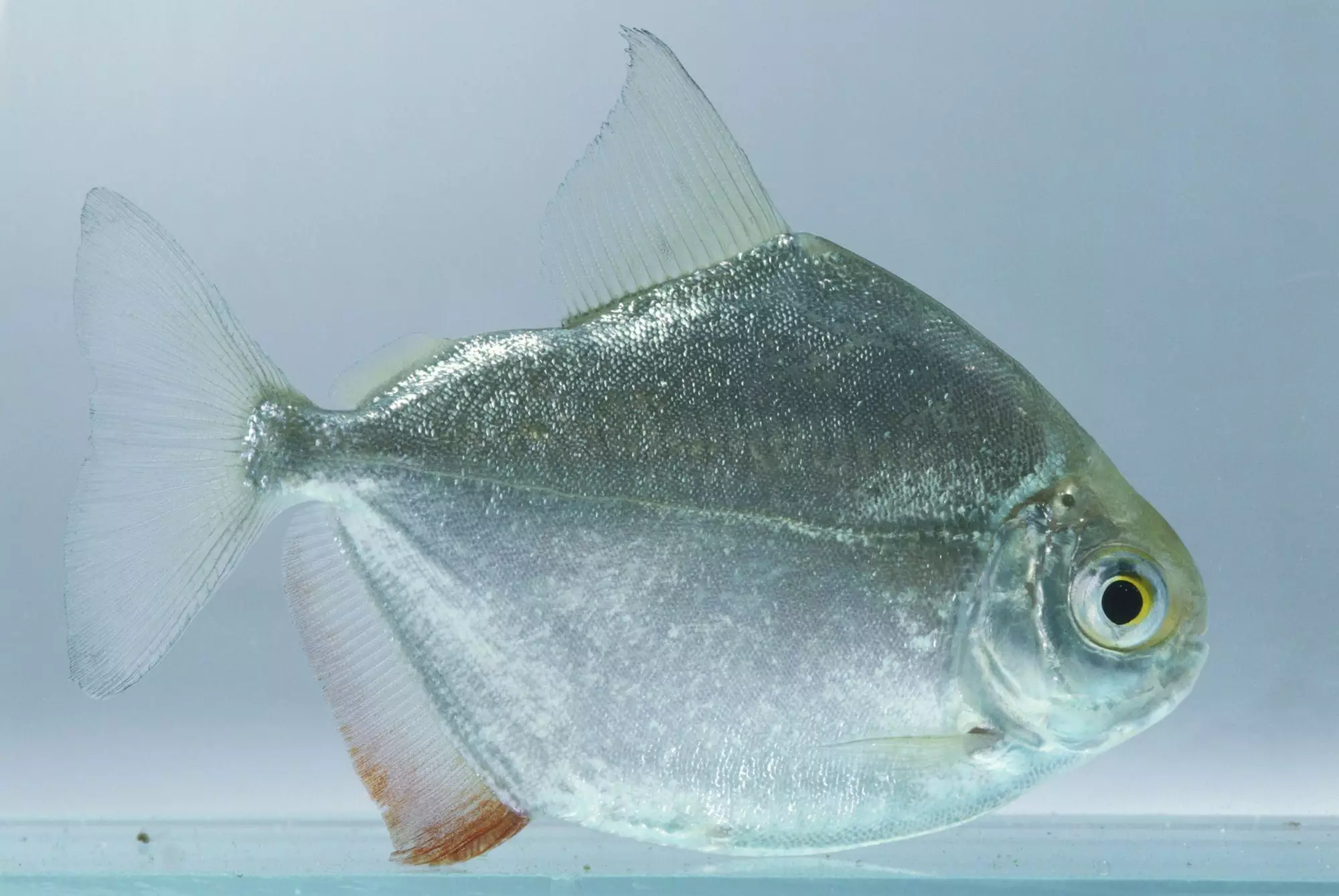The silver dollar fish, scientifically known as Metynnis argenteus, captivates aquarium enthusiasts with its unique appearance and tranquil nature. Named for its remarkable resemblance to a shiny silver coin, this freshwater fish has become a beloved addition to many home aquariums. Although often available in smaller sizes at shops, adult silver dollars can grow significantly larger, reaching sizes up to six inches in diameter. Understanding the biology, habitat, care requirements, and breeding of this species is essential for both novice and experienced aquarists.
Natural Habitat and Distribution
Originating from the Tapajós River Basin in Brazil, Metynnis argenteus is commonly found in the shallow tributaries and river systems across northern South America. It is one of several species referred to collectively as “silver dollar” in the aquarium trade, which includes several relatives such as Metynnis hypsauchen and Myleus rubripinnis. While these species share similar characteristics, Metynnis argenteus is often regarded as the quintessential silver dollar due to its distinctive appearance and friendly disposition.
In the wild, silver dollars inhabit environments that offer plenty of cover with vegetation and submerged structures. Acknowledging their natural surroundings can aid aquarists in mimicking these conditions within their tanks, a practice crucial for the health and well-being of the fish.
Silver dollars display an enchanting silvery sheen, occasionally revealing hints of green or blue under certain light conditions. They are known for the small, tinted dots that can grace their sides when in prime health. Males often exhibit a richer coloration, especially around their anal fin, which features red edging—a trait that becomes more pronounced during courtship and breeding.
Behaviorally, silver dollars are schooling fish that thrive in groups of six or more. These peaceful creatures can coexist with various tank mates, including smaller species and robust larger fish like plecos and non-aggressive cichlids. While they are relatively hardy, their skittish nature necessitates the provision of hiding spots and a spacious aquarium layout.
Creating an optimal environment for silver dollars starts with selecting a sufficiently large tank. A minimum of 75 gallons is recommended for a school, allowing ample swimming space and reducing territorial aggression among fish. The aquarium should incorporate subdued lighting, dark substrate, and numerous hiding spots using plastic or hardy live plants. However, care should be taken, as silver dollars may consume delicate live plants.
Water conditions play an essential role in their health. Silver dollars prefer soft, moderately acidic water but are adaptable to a range of parameters. Regular water changes and maintaining good filtration are vital to keep their habitat clean and well-aerated, which aligns with their natural preferences for clear, flowing waters.
Feeding Practices and Diet
Silver dollars are primarily herbivorous, with a diet that consists of vegetable flakes, spirulina, and leafy greens like lettuce and cooked spinach. While they predominantly consume plant-based food, they also appreciate protein sources as treats, such as bloodworms and brine shrimp. When feeding, it’s vital to monitor their consumption, especially in community tanks where more aggressive fish can dominate feeding times, potentially leaving timid silver dollars undernourished.
To maintain water quality, any uneaten food should be promptly removed, as decay can lead to toxic conditions that endanger all aquarium inhabitants.
Breeding silver dollars can be a rewarding experience, although it requires careful planning. Males can be distinguished by longer anal fins, tinged red at the front, and during breeding, they develop notable dark speckling patterns. While females tend to show less variation in color, they are generally larger and have a fuller belly during breeding cycles.
Creating successful breeding pairs typically involves raising a group of juveniles together. Once they reach maturity at about one year, conditioning the fish with a rich diet will enhance breeding success. For best outcomes, potential pairs should be isolated in a dedicated breeding tank equipped with soft, warm water and fine-leafed plants. Females can lay up to 2,000 eggs, which require separate housing to protect them from other fish, though the parents themselves exhibit no interest in consuming their progeny.
For those looking to enrich their aquarium experience, the silver dollar fish emerges as an exciting choice. With its captivating appearance, peaceful demeanor, and straightforward care requirements, Metynnis argenteus offers a rewarding journey into freshwater aquatics. By understanding their habitat needs, feeding preferences, and breeding behaviors, aquarists can provide a fulfilling environment for these enchanting fish, showcasing their shimmering beauty and adding vibrancy to community tanks.

